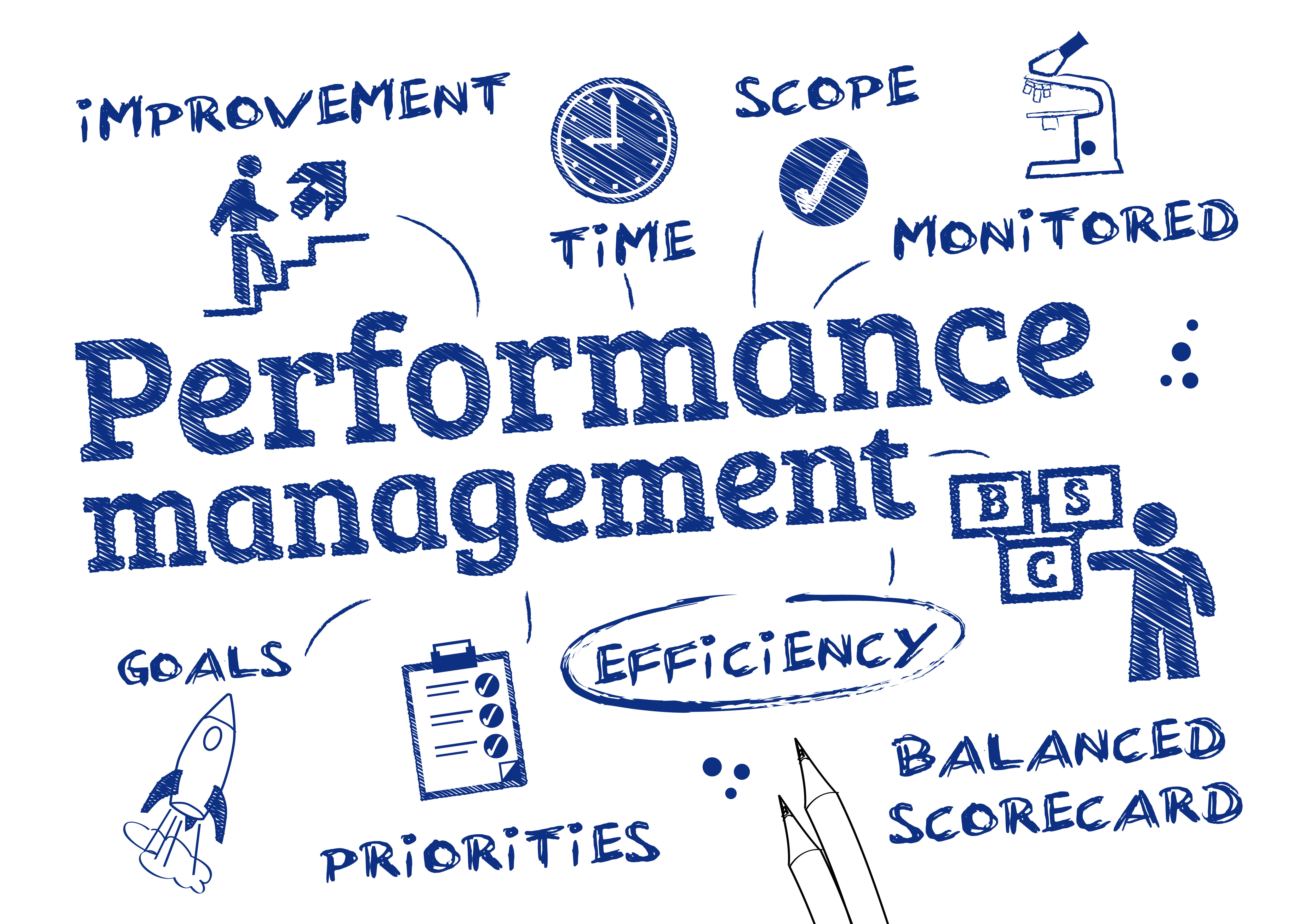Recruitment & Performance Management Analytics
2/16/2016 by julie

Recent studies have found businesses that excel in talent management and recruitment achieve earnings of 15-20% higher than their peers. Recruitment can have a direct and very positive impact on revenue creation and profitability. Here are some factors that are value-adding to the recruitment and performance process:
As a business partner, Bohan & Bradstreet proactively supports the recruitment of talent for our client companies through alignment of talent needs with candidate capabilities and expectations.
- Measure if new hires meet expected performance levels and change recruiting and evaluation processes as needed; this requires evaluation of soft and hard skills as well as on-boarding process and commitment of both company and recruit.
- Identify best sources for hiring at various levels; engage those sources to be current with business evolution (i.e. promotions, new products/services, awards, expansion), best practices, culture, and other insight that supports reasons why talent would be attracted.
- Measure time to fill a position; validate internal vs. external supply chain challenges to expedite hiring process.
- Analyze characteristics of new employees that resign in first 100 days to best understand opportunities to improve recruitment and on-boarding process.
- Proactively review characteristics, behavior, and work history of talent that has added value to leverage future recruitment and evaluation processes.
- Identify opportunities to reward performance; this can be pay-for-performance, special awards, promotions, recognition announcements, or time off. Top performers need to be acknowledged and recognized.
As a business partner, Bohan & Bradstreet proactively supports the recruitment of talent for our client companies through alignment of talent needs with candidate capabilities and expectations.
Every year you should evaluate contributions made, skills developed, knowledge gained, and career options. Many career driven professionals create scorecards that can support career planning, measure personal development, and identify opportunities for improvement. Being aware of career options, whether with current employer or externally, is more prevalent as the economy moves forward and the need for talent increases. Here are a few key factors to consider:
- Business Model: Do you align well with the business? There are a lot of business models and as companies mature, models change and evolve. Many vertical manufacturers now outsource segments of manufacturing, therefore have moved from production to more of an assembly and supply chain model. Companies that were more R&D focused have become commercialized; others have become more decentralized, matrixed or global. Validate that your knowledge and skills align well with current business model and pending changes. Talent needs to adjust and contribute to move forward and achieve career aspirations.
- Culture: Do you align with the existing culture? There are multiple obstacles in life and being employed in a culture that encourages and supports your development is critical for career progression.
- Leadership: Since 2007, many businesses have had significant change in leadership due to ups and downs in the economy, acquisitions, retirements, reorganizations, technology shifts, and markets served. Regardless of size and type of business, leadership needs to be measured and is second in importance for career development behind culture and engagement.
- Value of Function: Not all functions are valued the same in every company. Is the value of your function and role aligned to your career goals? Functions (e.g. engineering, marketing, quality) fall into three categories: strategic, tactical, or required. Strategic is influencing the current business model and future events. Tactical is supporting current operations as well as evolution and change. Required is supportive, protective, and necessary but rarely value adding. Some companies view IT as a strategic component while others view IT as a required resource or a process for tactical delivery.
